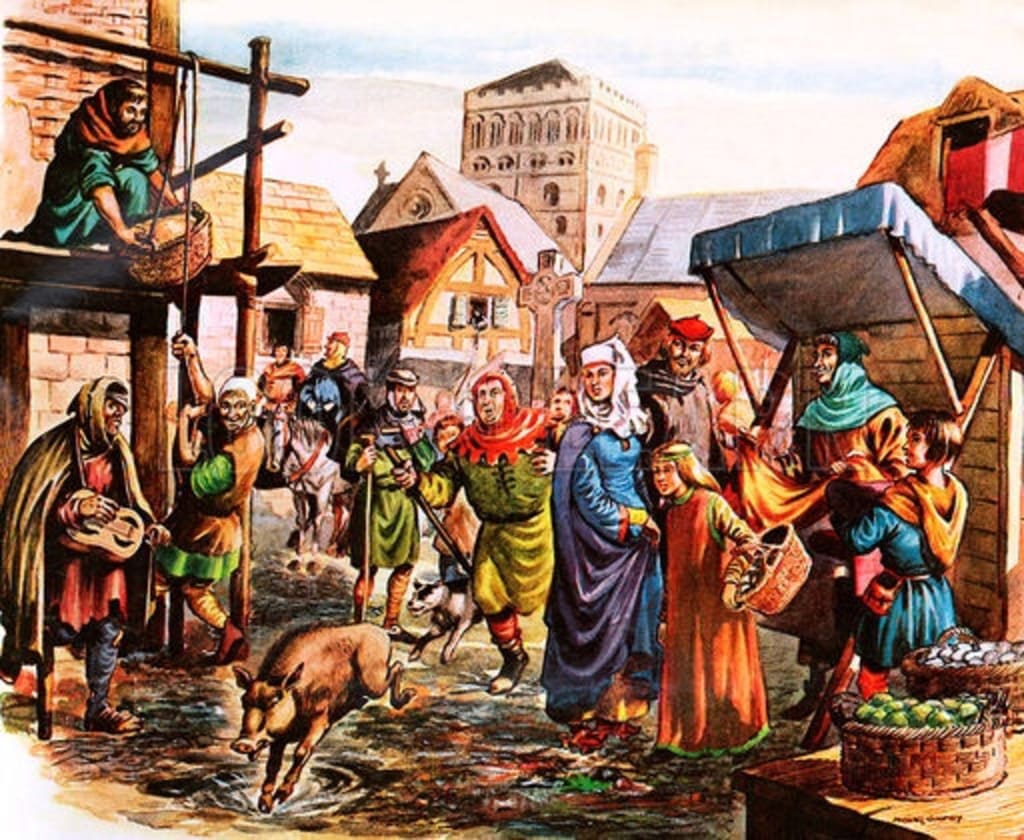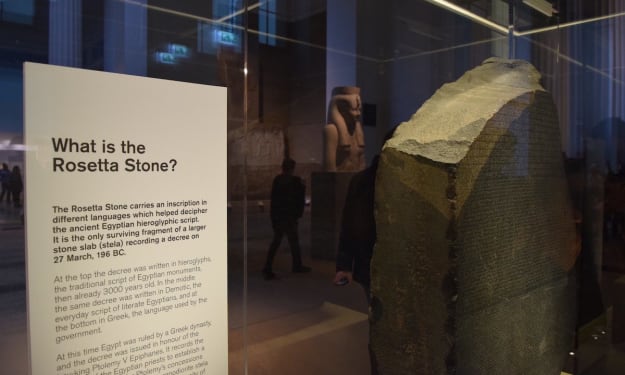Debunking common misconceptions about the middle ages
Unveiling the Truth Behind Myths and Misunderstandings of a Complex Era

The Middle Ages, a captivating epoch often painted with broad strokes of misinformation, beckons us to delve deeper into its intricate tapestry. A time when knights in shining armor supposedly battled dragons, where ignorance reigned supreme, and hygiene was nearly non-existent. Yet, as we peel back the layers of myths that have shrouded this era, we find a more nuanced and fascinating narrative that defies these simplistic notions.
The Middle Ages, spanning from the fall of Rome in the 5th century to the Italian Renaissance in the 15th century, offers us an expansive timeline characterized by diverse cultures, evolving beliefs, and remarkable progress. While often referred to as a European phenomenon, this era's influence transcended geographical boundaries, fostering a rich exchange of ideas and knowledge.
1. Myth: Intellectual Darkness and Ignorance
The portrayal of medieval individuals as unenlightened and ignorant crumbles upon closer examination. While it's true that some medieval scholars believed in a geocentric universe, asserting Earth as the center, this doesn't indicate a widespread belief in a flat Earth. Literacy rates steadily climbed during the Middle Ages, driven by institutions such as monasteries, convents, and burgeoning universities. The pursuit of knowledge continued, with texts like "On the Sphere of the World" attesting to their understanding of the Earth's roundness.
2. Myth: Rancid Meat and Spices
The notion of medieval feasts involving rotten meat concealed by a profusion of spices obscures the truth. Contrary to this image, medieval Europeans exhibited a keen awareness of food preservation. Methods like salt curing were employed to extend the shelf life of meats, ensuring their safety for consumption. Spices were indeed valued, but they were not used to mask the taste of spoiled meat. They were commodities, often pricier than meat itself, reserved for those with means.
3. Myth: A Lack of Hygiene and Bathing
The Middle Ages, often disparaged as an era of filth and neglect, were not devoid of personal hygiene practices. Public bathhouses, widespread even in smaller towns, provided opportunities for cleanliness. Soaps crafted from animal fat, ash, and aromatic herbs were utilized for washing. Oral hygiene was also prioritized, with mouthwash, teeth-cleaning cloths, and fragrant herbs contributing to fresh breath.
4. Myth: Medieval Torture Devices and Methods
The gruesome portrayal of medieval torture devices as ubiquitous and brutal is a distortion of reality. While torture and executions did exist, they were not as prevalent as popular culture suggests. Notable devices like the Iron Maiden, often associated with the Middle Ages, may have been later fabrications. Violent punishments were generally reserved for heinous crimes like high treason, with legal proceedings involving fines, imprisonment, and public humiliation being more common.
5. Myth: Chastity Belts and Their Historical Validity
The enduring myth of chastity belts as medieval instruments of control finds its origins in a blend of satire and misunderstanding. Mentioned by a 15th century German engineer, these belts were likely conceived in jest, but later accounts mistook them for historical reality. The limited historical evidence makes it improbable that chastity belts were a widespread practice during the Middle Ages.
6. Myth: The Homogeneity of the Middle Ages
Viewing the Middle Ages as a monolithic and homogeneous era does an injustice to its complexity. The term "Middle Ages" emerged not as a self-designation but as a way to categorize the period between antiquity and modernity. The image of knights in shining armor dominating warfare overlooks the diverse interactions that characterized the era. Trade routes facilitated the flow of ideas and cultures, connecting medieval Europe with Byzantine, Muslim, and Mongol societies. Intellectuals, diplomats, and merchants from diverse origins left their mark on medieval cities, fostering a rich tapestry of exchange.
Conclusion: Beyond Myths, Unearthing the Middle Ages
The Middle Ages, far from being a realm of simplistic myths, emerges as a multifaceted epoch filled with intellectual curiosity, cultural exchange, and innovation. As we cast aside the misrepresentations that have obscured its true nature, we discover an era that continues to captivate us with its complexities and enduring legacy. Embracing the reality of the Middle Ages invites us to celebrate the resilience and dynamism of societies that contributed significantly to shaping our modern world.
About the Creator
Enjoyed the story? Support the Creator.
Subscribe for free to receive all their stories in your feed. You could also pledge your support or give them a one-off tip, letting them know you appreciate their work.





Comments
There are no comments for this story
Be the first to respond and start the conversation.